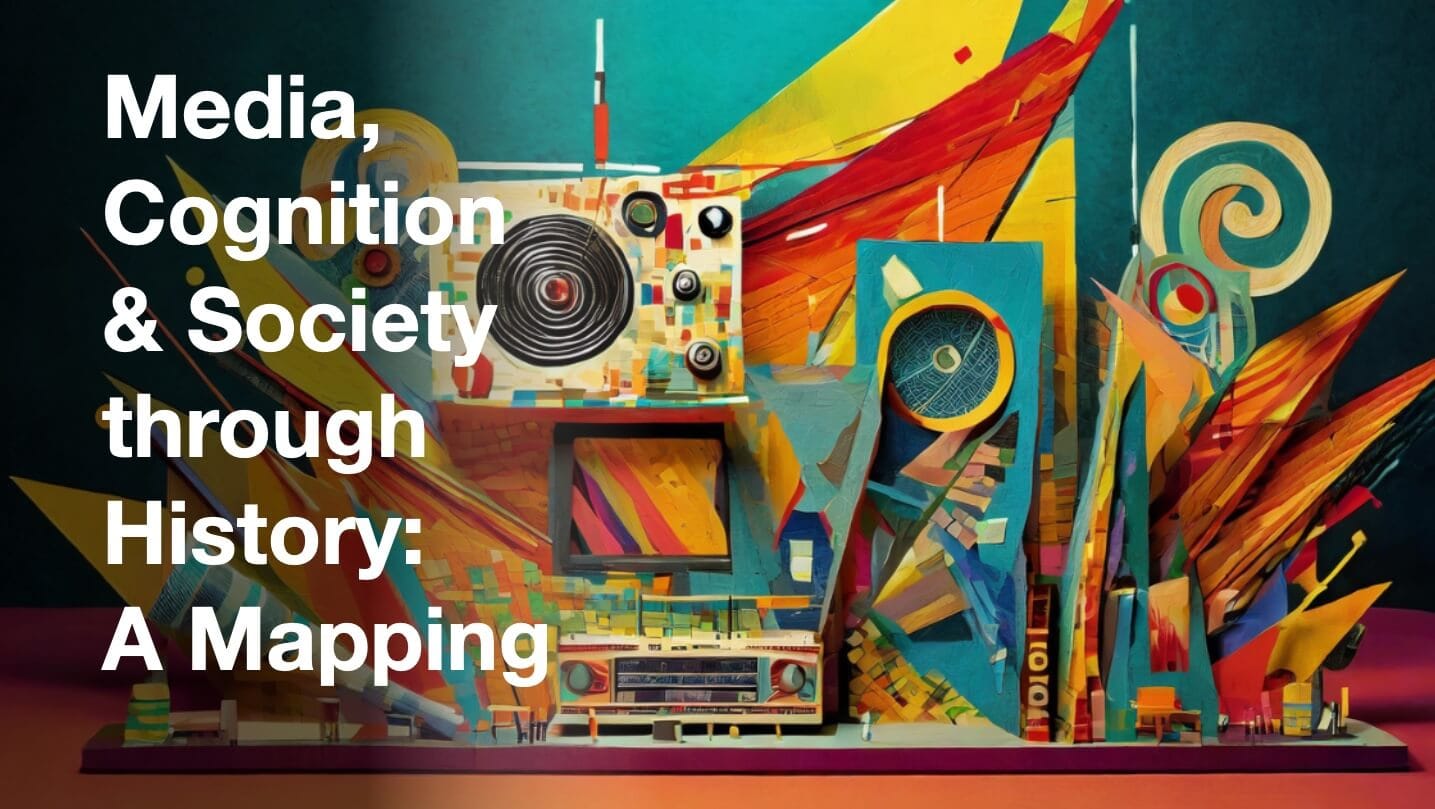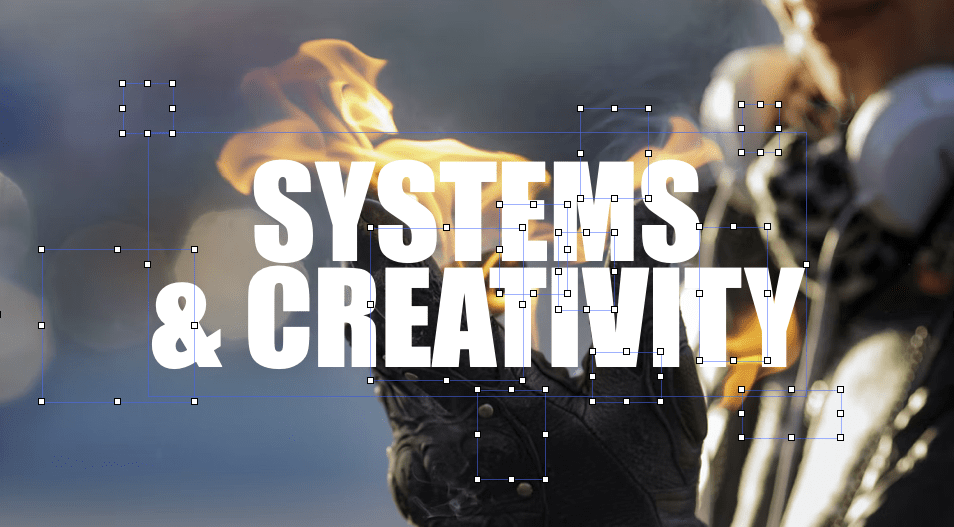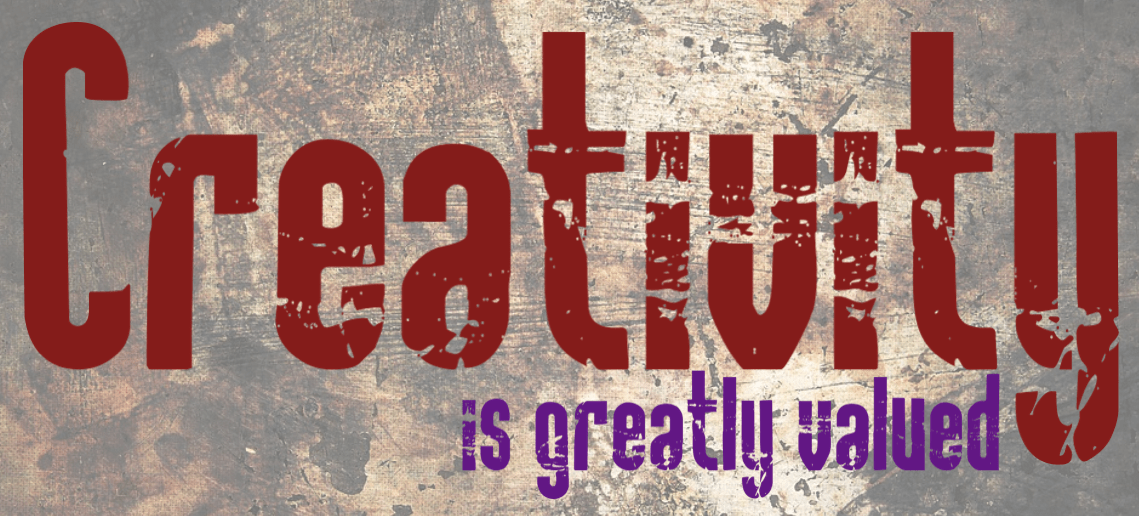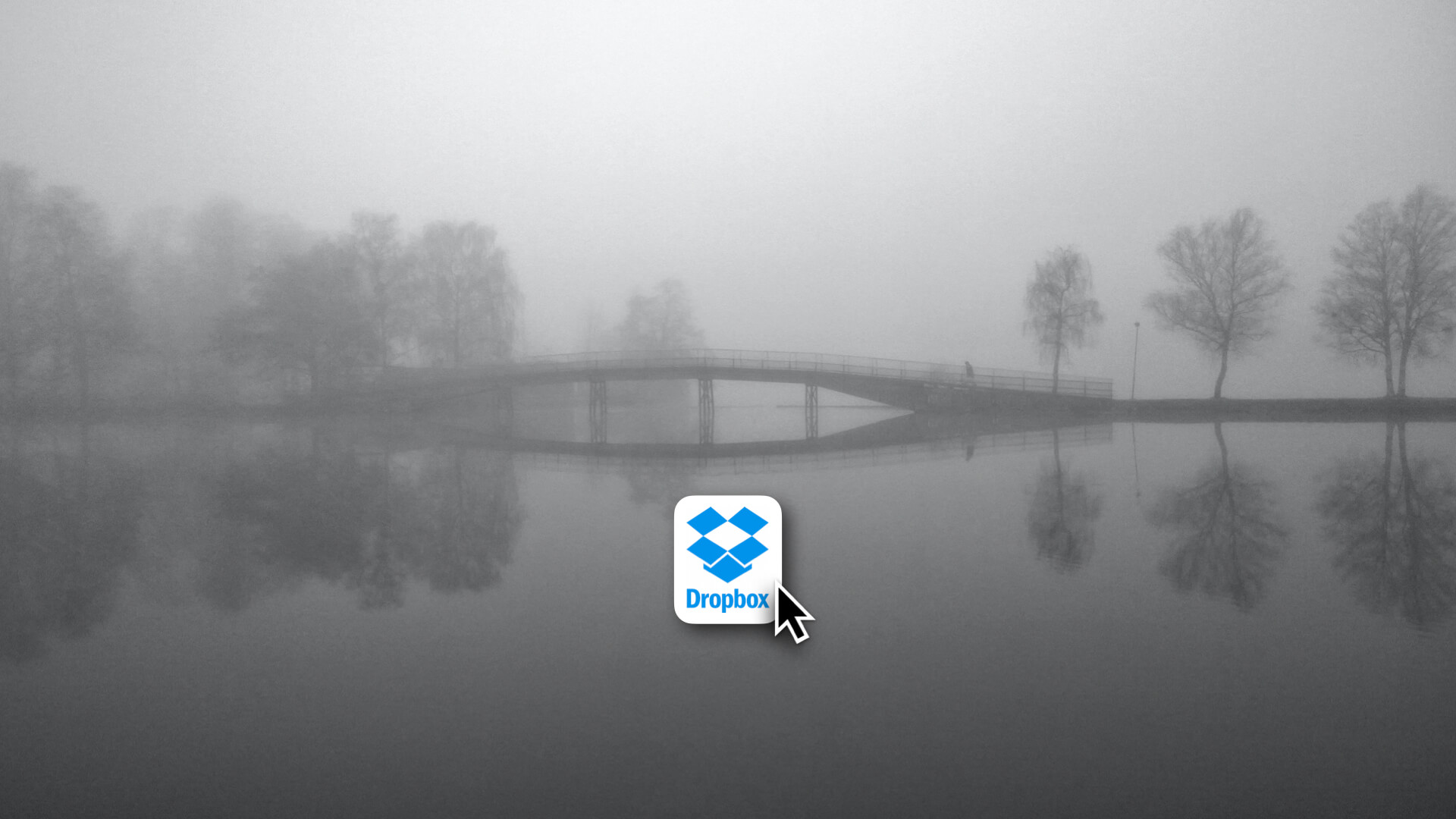If oral cultures prioritize memory and print cultures emphasize systematic organization, what types of knowledge will AI systems foster?
Marie Heath and I wrote this line in a chapter that is currently in press. But the idea underlying this quote has been with me for a long time. In fact, the first academic paper I ever published, a book chapter titled Technology, Representation & Cognition with Rand Spiro and Paul Feltovich focused on exactly this question.
When speaking of media we usually focus on the content that we engage with not of the nature of the medium per se. For instance, whether I listen to shock radio or NPR, watch reality TV or Succession, read trashy novels or high literature, like The Barbie Movie or Oppenheimer, listen to Bollywood beats or classical symphonies, hang out on 4-Chan or on LinkedIn, is more important than the medium (radio, TV, print, films, music and the Internet). Content is king – the medium merely a device to transfer the content. Moreover, it is the content that we often use to judge others and ourselves.
This is similar to an argument made by Clark who argued that “media do not influence learning under any conditions… any more than the truck that delivers our groceries causes changes in our nutrition. (1983, p. 445).
My goal here is not to re-debate Clark – enough ink has been spilled on this debate already—except to say that my focus is wider than the point Clark is making. Too often the discussion of these questions, I believe, has been too narrow, a function of what we can study experimentally and publish in journal articles, an approach that I believe has been counterproductive in our getting a better understanding of these issues.
I see media having its impact beyond the immediate learning situation (something we have written about here).
What we don’t question, I suggest, is how the nature of the medium —irrespective of the content we consume—influences our thinking, our behavior, and broader society and the world.
Media are the proverbial water that the fish does not see.
A much better approach towards these issues has come from media theorists such as McLuhan, Postman, Ong and others and it is on their work that I base most of my thinking about these issues. I wrote about this in a recent post about LLMs and hallucination, as well as in this series on how media influence our thinking.
In contrast to the “content is king” argument I suggest that the development of media and communication technologies throughout history has profoundly shaped the creation, preservation, and dissemination of knowledge and culture, and through that the context within which education happens. From the oral traditions that shaped early societies to the transformative influence of the internet and social media, each medium has left an indelible mark on the way we communicate, learn, and perceive the world.
Though I have made this point in many contexts, I have wanted to dig deeper into this topic through looking at the characteristics and effects of key media technologies, including oral communication, print, radio, television, internet/social media, and generative AI. By exploring their impact on individual psychology, knowledge and information, broader human culture, politics, and society, as well as unexpected side effects, we gain a deeper understanding of the intricate relationship between communication technologies and the human experience. And we can, hopefully, gain insight into how our tools for communicating influence collective knowledge, identities, relationships, and progress over time. I see this as a first pass at looking deeper at different media, through history and their impacts (intentional or not) on us.
For instance, oral traditions were highly dependent on memory, improvisation and rhetorical skills, building deep personal connections through face-to-face interactions. Knowledge in this context was transient, communal and shaped by storytelling, limiting truth to shared perspectives. This formed the backbone of cultural identity and social hierarchies built around skilled orators. However, oral traditions also facilitated the development of rich linguistic expressions, preserving folklore that influenced generations.
The advent of print changed all that. Print encouraged analytical thinking and reading, enabling documentation of knowledge in permanent, searchable texts. This allowed for wide dissemination and literacy, contributing to intellectual movements and educational systems. It also had the inadvertent side effect of reducing trust in each other since truth could be “looked up in a book.” The reproducibility of books democratized and standardized information, for better or worse.
Radio on the other hand created a sense of belonging through shared auditory experiences allowing for wide reaching but ephemeral knowledge transfer. Radio unified listeners regionally and enabled political mobilization. However, it also standardized languages and influenced music and celebrity culture. Film and television combined visual and auditory stimulation but encouraged passive consumption of often simplified narratives… and so through the internet and social media and now generative AI.
To help my thinking I have created a chart (included below), a first pass of sorts, through these ideas. I have also included some key readings about these topics if further digging in is of interest. A better and deeper understanding of these tools is essential if we are to map the impact of new media and technologies, whether they be Artificial Intelligence or Virtual/Mixed Reality.
NOTE #1: This table was generated through a series of interactive conversations i had with ChatGPT, ClaudeAI and Perplexity. The process was somewhat haphazard, with outputs of one fed into the other, with edits, along they way, by me. I feel the weakest sections are in the column titled “Unexpected Side Effects on Broader Society” – which to my mind are somewhat conservative and narrow. But not too bad as a first pass.
Note #2: Tim Fawns (associate professor at Monash) and I had a nice interaction about this post on LinkedIn – based on a thoughtful response from him. I have included at interaction at the end of this post – just for the record.
Media and their effects
| Medium | Characteristics & Impact on Human Interaction/ Psychology | Impact on Knowledge and Information | Impact on Broader Human Culture, Politics, Society | Unexpected Side Effects on Broader Society | References |
| Oral | – High value on memory, improvisation, and rhetorical skills. – Builds deep, personal connections through face-to-face interactions. – Communication style is often metaphorical and nonlinear. | – Knowledge is transient and personalized; heavily dependent on individual memory and oral traditions. – Truth and understanding are communal and often shaped through collective storytelling. | – Oral traditions form the backbone of cultural identity and heritage. – Leadership and social structures often revolve around those skilled in oration. – Preservation of folklore and cultural myths, influencing generations. | – Potentially led to the homogenization of local languages in larger tribal or social groups. | – Ong, Walter J. “Orality and Literacy: The Technologizing of the Word.” Routledge, 1982. – Finnegan, Ruth. “Oral Traditions and the Verbal Arts.” – Lord, Albert B. “The Singer of Tales.” |
| – Encourages analytical and sequential thinking. – Fosters individual interpretation and exploration of ideas. – Enhances focus and deep reading abilities. | – Knowledge becomes fixed and searchable in texts, leading to a more permanent and objective form of truth. – Allows for wide dissemination and preservation of knowledge. | – Promotes literacy and self-education. – Democratizes access to knowledge, contributing to social and political reforms. | – Contributed to deforestation due to paper production. | – Eisenstein, Elizabeth L. “The Printing Revolution in Early Modern Europe.” Cambridge University Press, 1983. – McLuhan, Marshall. “The Gutenberg Galaxy.” – Febvre, Lucien, and Henri-Jean Martin. “The Coming of the Book.” | |
| Radio | – Creates a sense of belonging through shared auditory experiences. – Enhances imaginative capabilities and auditory focus. – Often delivers content in a conversational, engaging manner. | – Information is presented in a linear, time-bound manner, often ephemeral. – Knowledge transfer is wide-reaching but lacks the permanence of written records. | – Unifies listeners across vast geographies, creating a sense of national identity. – Influential in political and social mobilization during key historical events. | – Influenced the music industry by creating a platform for mass dissemination of music. | – Douglas, Susan J. “Listening In: Radio and the American Imagination.” University of Minnesota Press, 2004. – Hendy, David. “Radio in the Global Age.” – Scannell, Paddy. “Radio, Television, and Modern Life.” |
| Cinema/Film | – Offers immersive visual storytelling and emotional engagement. – Influences empathy and social perspective-taking. – Can shape collective memories and historical narratives. | – Serves as a cultural artifact preserving historical and social contexts. – Provides a visual form of knowledge that can be more accessible than text. | – Shapes and reflects cultural norms, values, and ideologies. – Has the power to influence and change societal attitudes and behaviors. – Often used as a tool for propaganda and political messaging. | – Contributed to the globalization of cultures and the spread of “Hollywood” values. – Has had economic impacts, such as the rise of the blockbuster and the commercialization of entertainment. | – Bazin, André. “What Is Cinema?” – Gunning, Tom. “D.W. Griffith and the Origins of American Narrative Film.” – Cook, David A. “A History of Narrative Film.” |
| Television | – Offers a combination of visual and auditory stimulation. – Encourages passive content consumption. – Often presents simplified narratives and soundbites. | – Information is quickly consumed and often lacks depth, promoting a more surface-level understanding. – Knowledge is influenced by visual representations and is subject to editorial bias. | – Has a profound impact on social norms, fashion, and language. – Redefines family entertainment and leisure activities. | – Altered sleep patterns and lifestyle habits, potentially impacting health. | – Postman, Neil. “Amusing Ourselves to Death: Public Discourse in the Age of Show Business.” Penguin Books, 1985. – Williams, Raymond. “Television: Technology and Cultural Form.” – Spigel, Lynn. “Make Room for TV.” |
| Internet/ Social Media | – Facilitates rapid, interactive communication. – Encourages short attention spans and information overload. – Personalizes user experience through algorithms. | – Vast and instantaneous access to information, but often with issues of credibility and verification. – Knowledge becomes decentralized and user-generated. | – Revolutionizes every aspect of society from commerce to social interactions. – Enables global connectivity and mobilization for social and political causes. | – Influences mental health, with increases in issues like anxiety and depression linked to social media use. – Redefines the concept of privacy and personal data usage. | – Carr, Nicholas. “The Shallows: What the Internet Is Doing to Our Brains.” W. W. Norton & Company, 2010. – Shirky, Clay. “Here Comes Everybody.” – Turkle, Sherry. “Alone Together.” |
| Generative AI | – Customizes content creation and information processing. – Challenges traditional notions of authorship and creativity. | – Knowledge creation and dissemination become more automated and personalized. – Raises questions about the authenticity and origin of information. | – Influences artistic, educational, and professional landscapes. – Could significantly impact job markets, creativity, and the nature of human-machine collaboration. | – Raises societal and ethical debates about the role and limits of AI in knowledge and culture creation. – May lead to unforeseen changes in employment structures and skill demands. | – Bostrom, Nick. “Superintelligence: Paths, Dangers, Strategies.” Oxford University Press, 2014. – Russell, Stuart J., and Peter Norvig. “Artificial Intelligence: A Modern Approach.” – Kaplan, Jerry. “Humans Need Not Apply.” |
From LinkedIn, a conversation with Tim Fawns
Tim Fawns: Thank you for your post. I think there’s a danger here with McLuhan-style ideas about media that technology drives social change independently of context, and that that change manifests in uniform or homogeneous ways. Or that change from one medium is independent of the other media in play. Each medium is part of an assembly that is differently realised in different contexts, and there is a great diversity of ways in which people engage with different media. The questions you are asking are much needed, but I think we need to be careful of answering them too bluntly, as if there is one main likely effect? I think Postman wrote that one medium does not replace another, rather space is made to accommodate both. All the forms of knowledge that were important before will probably still be important, but with different emphasis in different contexts and situations? I see that as the big challenge in front of us: not which form of knowledge do we need now, but how do we support and account for such a wide range of forms of knowledge?
Punya Mishra: For sure. And as you say it is not that one technology drives out the other. Films and radio still exist – just in different niches. Totally agree with you. And I don’t think the issue is what form of knowledge do we need now – as much what forms of knowledge will be enhanced (for better or worse). In some ways the world of social media was a form of orality without the narrow guardrails of what oral culture meant in a small community. So technologies do not impose but they do open zones or possibility or support one more strongly than another. Thanks
Tim Fawns: Thank you, Punya. Good example of social media – the presence of older media can be seen and felt in newer ones, and there is overlap and entanglement. And, as you say, new possibilities that are a significant aspect of what’s fascinating about new technologies, I think.







0 Comments